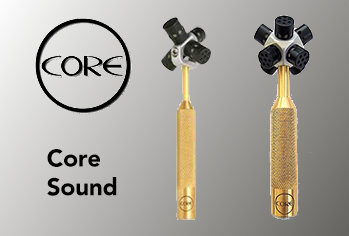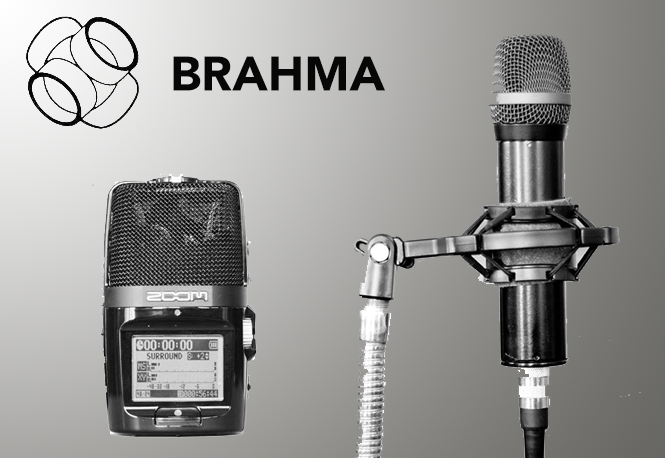Vocabulary
A-Format – a recording where each channel corresponds directly to one capsule in the microphone array. For TetraMic these signals are Left Front Up, Right Front Down, Left Back Down and Right Back Up.
AMB File – a specific file format for B-Format material, based on Microsoft’s WaveFormatExtensible. For a definition go to http://members.tripod.com/martin_leese/Ambisonic/B-Format_file_format.html
Ambisonics - Ambisonics is a method of recording and reproducing surround sound that was originally developed in the 1970s, mostly by Michael Gerzon. For more information about ambisonics in general, the Wikipedia article on Ambisonics is a good place to start.
B-Format – a general purpose representation of the soundfield based on spherical harmonics. Higher orders use more channels for a more accurate representation of the soundfield.
Binaural – a recording technique that use knowledge about how our ears, head, and body change the sound on the way to our eardrums to deliver a surround sound image using headphones.
HOA or Higher Order Ambisonics – higher order ambisonics means ambisonics using more than first order spherical harmonics. First order uses 4 channel, second order 9 and third 16.
HRTF – head related transfer function is a measurement of how our ears, head, and body affect the sound on the way to our eardrums.
NFC - NFC or Near Field Compensation is used in ambisonic decodes for smaller speaker layouts. It compensates for the fact that close speakers will have curved wavefronts.
Parametric - processing ambisonic signals in the frequency domain.
Pseudo Inverse - a technique for approximating a matrix's inverse that can be used to calculate optimum decode parameters for semi-regular speaker arrays.
Shelf Filters - Shelf filters are a tool used to create slightly different decodes at low and high frequencies to take advantage of the different ways that we hear in these ranges
Speaker Feeds – signals that correspond directly to the speakers in the targeted layout, e.g. stereo, hexagon, or 5.1. Speaker signals are required for some distribution media like CD’s and DVD’s, as well as being used to listen to.


